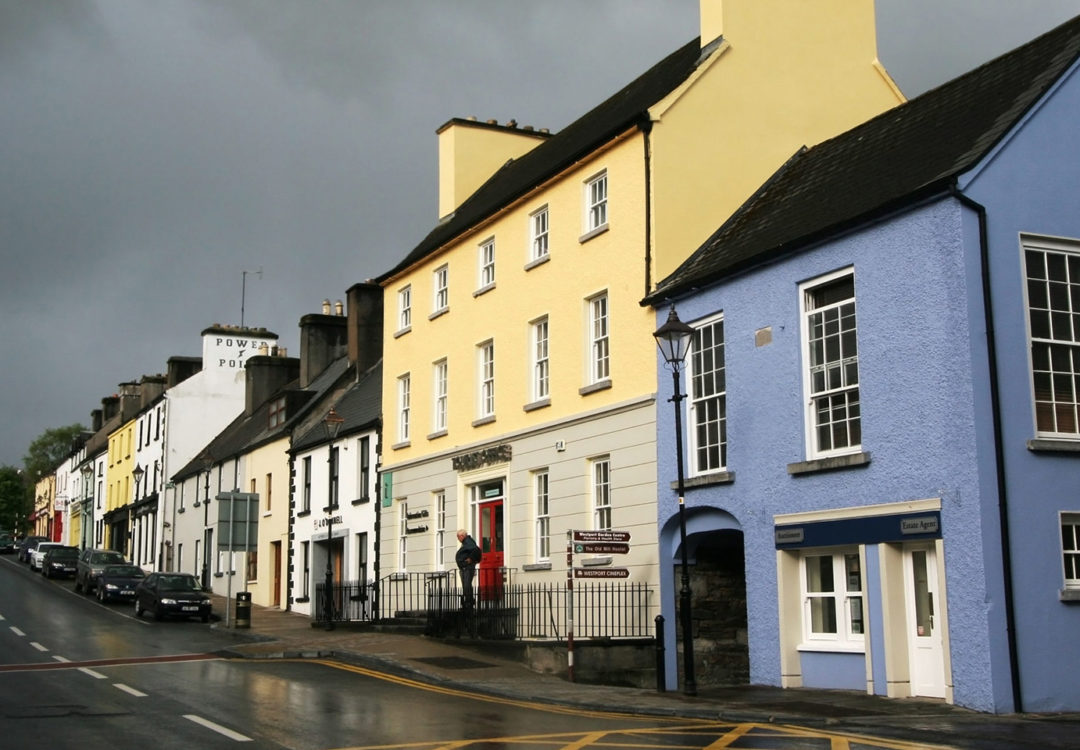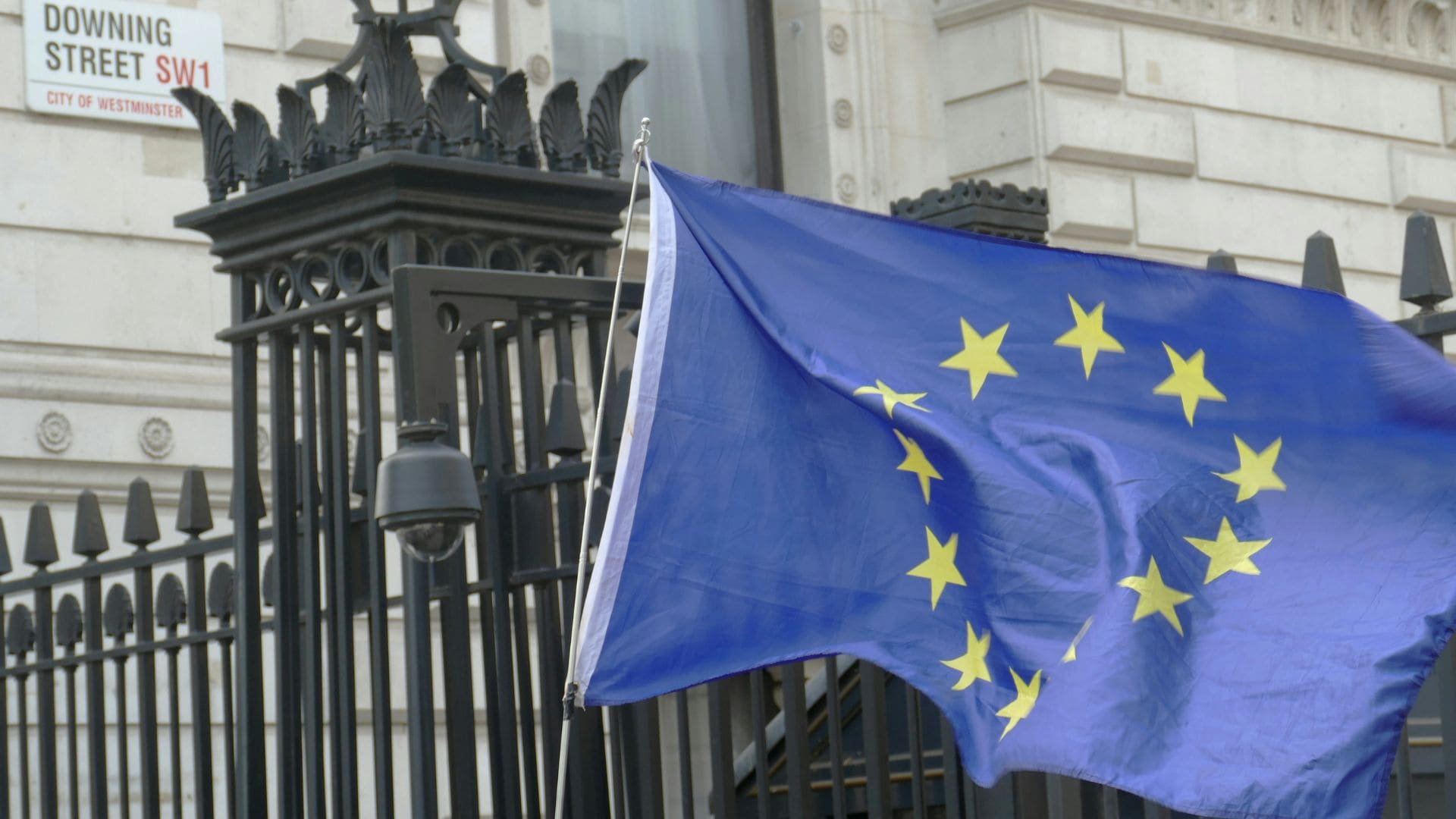Articles
Mycelium Meets Market Reality: The Quiet Role of IP in Scaling Sustainable Materials
November 2025
Fungal materials are increasingly used in applications ranging from sustainable packaging and leather alternatives to construction composites, textiles, and biotechnology.
These developments are transforming fungi from a niche research subject into a commercially relevant platform for materials science and environmental innovation. As investment in this area increases, intellectual property (IP) protection is becoming a significant component of commercial strategy. Mycelium-based technologies often depend on proprietary fungal varieties or specialised cultivation techniques, both of which can represent significant competitive advantages. However, until recently, there was lingering uncertainty surrounding whether patents to fungal varieties could be upheld under European law.
A More Defined Legal Framework
This uncertainty has recently been addressed through developments in European patent jurisprudence, which have confirmed that fungal varieties are not excluded from patent protection under Article 53(b) of the European Patent Convention (EPC).
Article 53(b) excludes from patentability “plant or animal varieties” and “essentially biological processes” for producing them. The question was whether fungi fell within that exclusion. The ambiguity seems most pertinent when considering growers of edible mushroom fruiting bodies, who may wonder why their product is treated differently by the law from any other farmed product.
In a 2024 decision of the Unified Patent Court (UPC), the Court concluded that mushrooms (or indeed any fungal varieties) do not fall under this exclusion because they belong to a separate biological kingdom from both “plants and animals” as mentioned in Article 53(b) EPC.
This clarification provides the mycelium sector with a more predictable and supportive legal foundation. It reassures innovators that patents for fungal varieties per se, for example, novel cultivated forms, and also essentially biological processes for their production can be considered valid under European law.
Implications for Mycelium-Based Businesses
For some businesses working with mycelium and fungal materials, this removes ambiguity that could previously have deterred investors or slowed research partnerships.
The ability to patent fungal varieties per se strengthens the commercial viability of the sector. Companies developing new or improved fungal materials can protect the unique biological elements underpinning their products, with the confidence needed to justify long-term R&D. This is particularly relevant for firms seeking external funding, as enforceable IP rights are often a prerequisite for securing investment or entering licensing agreements.
However, this greater clarity also introduces new responsibilities. Producers and innovators will also need to make doubly sure that their activities do not infringe existing patents, and no-doubt the patent landscape will become more congested. Smaller or research-led ventures may need to establish formal IP management strategies, including freedom-to-operate analyses, licensing arrangements, and provenance verification to mitigate potential risks from third-party IP.
The clarification will, however, facilitate collaboration and licensing. As fungal varieties are recognised as defensible IP assets, companies can more confidently form partnerships or licensing arrangements around proprietary materials. This could accelerate innovation by allowing specialised firms to focus on developing, optimising, or scaling specific fungal varieties while collaborating with others on downstream applications.
Balancing Innovation, Values, and Access
At the same time, the growing presence of patents in the field may prompt broader discussions around access and the ethics of ownership in an industry focused on sustainability. Many entrepreneurs and scientists working with mycelium materials are motivated not only by commercial opportunity but by deeply held values; particularly the ambition to reduce plastic pollution, decarbonise material supply chains, and build regenerative, circular systems.
This ethos has shaped an open and collaborative research culture. Much of the early progress in fungal materials was driven by academia and open science initiatives, where ideas were freely exchanged and collective problem-solving took precedence over exclusivity.
However, as the industry matures and scales, the need for external investment to support growing industrial infrastructure becomes more ever more important. Here, intellectual property plays a vital enabling role. Patents provide a framework through which companies can protect and monetise their innovations, offering the assurance needed to attract institutional funding and venture investment. Many investors will not commit resources without clear IP ownership, particularly in emerging technical markets.
The existence of enforceable rights over fungal varieties therefore helps translate early-stage innovation into commercially deployable solutions, drawing in the financial resources required for scale-up and eliciting regulatory approval. In this sense, IP protection is a practical mechanism for bridging the gap between values-led experimentation and large-scale impact.
That said, this dynamic creates a tension between openness and protection. Strong IP frameworks can accelerate innovation by rewarding R&D investment, yet they can also risk concentrating control over key biological resources, potentially limiting the diffusion of environmentally beneficial technologies.
Achieving balance will be critical. Companies could explore flexible licensing strategies, such as non-exclusive or field-limited licences that allow others to use patented fungal varieties in defined contexts, including sustainability research or non-commercial development. There are further possibilities in experimenting with collaborative IP models, pooling patents within consortia or alliances to advance shared goals while ensuring appropriate recognition and reward. These approaches aim to reconcile commercial viability with broad accessibility, helping the sector remain aligned with its environmental principles.
Strategic Considerations for a Maturing Market
For now, the key takeaway for mycelium-based businesses is that we can be confident that European patent law provides a defined route for protecting fungal varieties. This increased legal certainty supports long-term planning, encourages R&D investment, and strengthens the foundations for international growth.
This article was prepared by Patent Attorney Rosie McDowell.
































